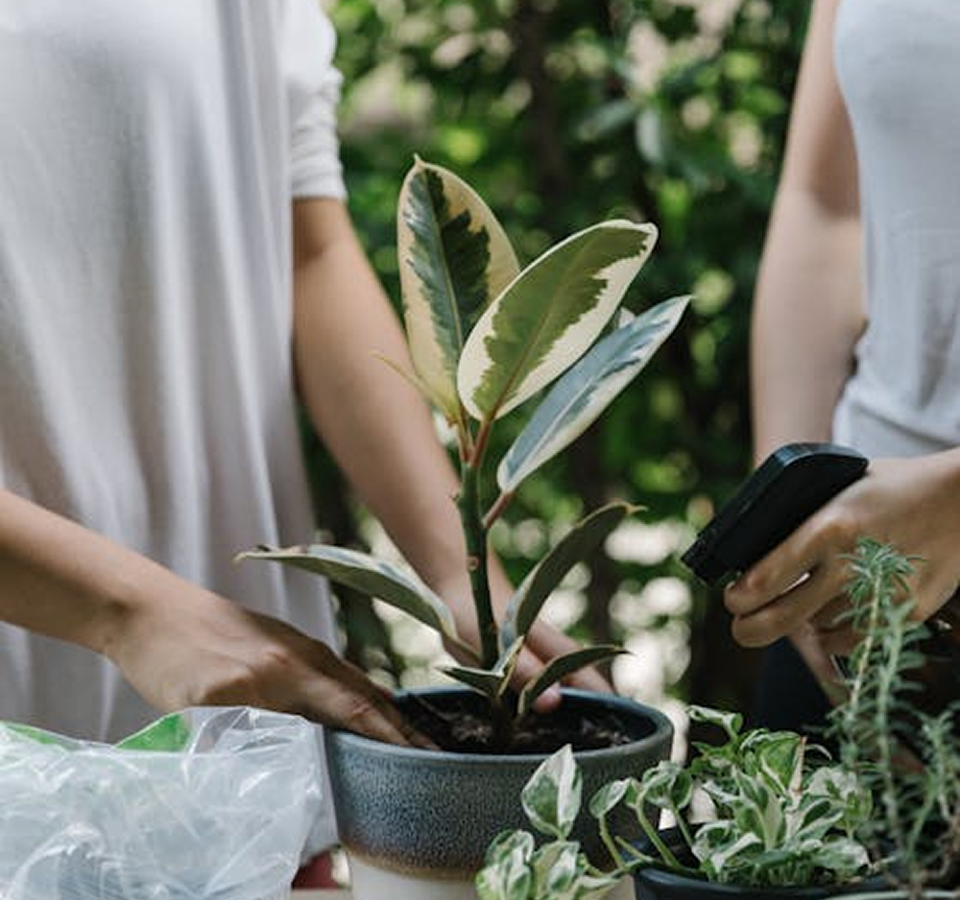Landscape Gardening in Forest Gate: Transforming Your Outdoor Space
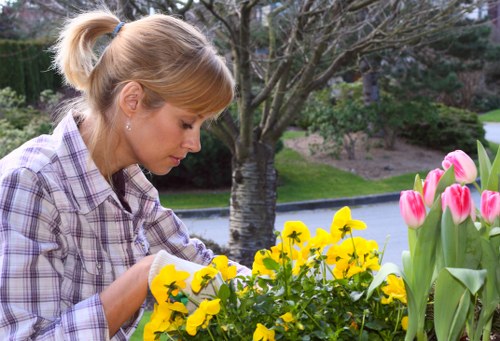
Introduction to Landscape Gardening
Landscape gardening is an art that combines creativity with functionality to enhance the beauty and usability of outdoor spaces. In Forest Gate, a vibrant area with diverse flora and urban settings, landscape gardening plays a crucial role in creating serene and aesthetically pleasing environments for residents.
Whether you have a sprawling backyard or a compact terrace, landscape gardening can transform your space into a personal oasis. By carefully selecting plants, designing layouts, and incorporating sustainable practices, you can achieve a harmonious balance between nature and design.
In this comprehensive guide, we will explore the various aspects of landscape gardening in Forest Gate, providing you with the insights and inspiration needed to embark on your gardening journey.
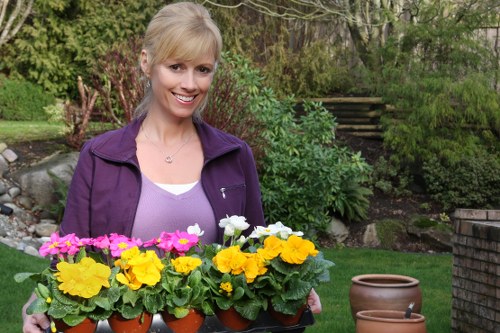
Understanding the Local Climate
Forest Gate experiences a temperate climate, characterized by mild winters and warm summers. Understanding the local climate is essential for successful landscape gardening, as it influences plant selection, garden maintenance, and overall garden health.
When planning your garden, consider the following climate factors:
- Temperature: Ensure that the plants you choose can thrive in the range of temperatures typical for Forest Gate.
- Rainfall: Adequate drainage and irrigation systems are vital to manage the seasonal rainfall effectively.
- Sunlight: Analyze the sunlight patterns in your garden to position plants according to their light requirements.
By aligning your gardening practices with the local climate, you can create a resilient and flourishing garden.
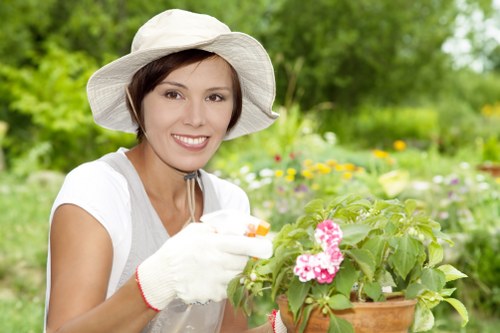
Choosing the Right Plants
Selecting the appropriate plants is a foundational step in landscape gardening. In Forest Gate, the diversity of plant life offers numerous options, from native species to exotic varieties. Here are some tips for choosing the right plants:
- Native Plants: Native plants are well-adapted to the local conditions and require less maintenance. Examples include English Oak, Holly, and Lavender.
- Perennials vs. Annuals: Perennials provide long-term beauty, while annuals offer vibrant colors for specific seasons.
- Shade vs. Sun-loving Plants: Assess the light availability in different parts of your garden to select appropriate species.
Consider creating a balanced mix of trees, shrubs, flowers, and groundcovers to achieve a layered and textured garden landscape.
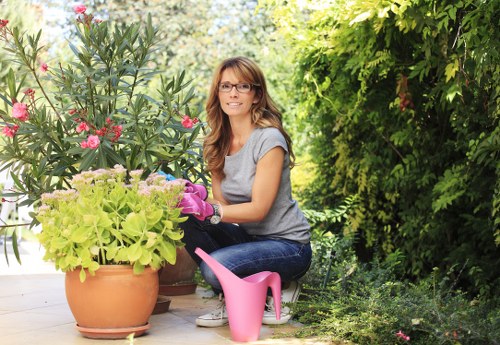
Design Principles for Landscape Gardening
Effective landscape gardening combines aesthetic appeal with practical functionality. Here are key design principles to keep in mind:
1. Balance and Symmetry
Balance can be symmetrical or asymmetrical, creating visual stability. Symmetrical designs offer a formal appearance, while asymmetrical layouts provide a more natural and relaxed feel.
Creating Focal Points
Focal points draw attention and add interest to the garden. This could be a stunning tree, a decorative fountain, or a vibrant flower bed.
Leading Lines
Use paths, hedges, or plant arrangements to guide the eye through the garden, creating a sense of movement and depth.

Sustainable Gardening Practices
Incorporating sustainable practices in landscape gardening not only benefits the environment but also enhances the longevity and health of your garden.
- Composting: Reduce waste and enrich your soil by composting organic materials.
- Water Conservation: Implement rainwater harvesting and efficient irrigation systems to minimize water usage.
- Organic Gardening: Use natural fertilizers and pest control methods to maintain a healthy garden ecosystem.
Adopting these practices ensures a sustainable and eco-friendly garden that thrives with minimal impact on the environment.
Choosing the Right Tools and Materials
Having the right tools and materials is essential for successful landscape gardening. Investing in quality equipment can make gardening tasks easier and more efficient.
- Basic Tools: Shovels, rakes, pruners, and gardening gloves are fundamental for everyday gardening activities.
- Advanced Equipment: Consider tools like tillers, lawnmowers, and irrigation systems for more extensive gardening projects.
- Materials: Select materials such as mulch, gravel, and decorative stones to enhance the garden's appearance and functionality.
Proper maintenance and storage of tools will extend their lifespan and ensure they remain effective for your gardening needs.
Creating Outdoor Living Spaces
Landscape gardening is not just about plants; it's also about creating functional and inviting outdoor living spaces. Here are some ideas to enhance your garden:
- Patios and Decks: Provide a space for relaxation and entertainment with well-designed patios or decks.
- Outdoor Lighting: Install lighting to highlight garden features and extend the usability of your outdoor space into the evening.
- Seating Areas: Incorporate benches, chairs, or swings to create comfortable spots for enjoying your garden.
By integrating these elements, you can create a cohesive and enjoyable outdoor environment that complements your landscape garden.
Maintenance Tips for a Thriving Garden
Regular maintenance is crucial for the health and beauty of your landscape garden. Follow these tips to keep your garden in top condition:
- Pruning: Regularly trim plants to promote growth and maintain desired shapes.
- Weeding: Remove weeds promptly to prevent them from competing with your plants for nutrients and water.
- Mulching: Apply mulch to conserve moisture, suppress weeds, and improve soil quality.
Consistent care and attention will ensure your garden remains vibrant and resilient throughout the seasons.
Hiring Professional Landscape Gardeners
While DIY gardening is rewarding, hiring professional landscape gardeners can offer expertise and save time. Professionals can help with:
- Design and Planning: Creating a customized garden layout that fits your vision and space.
- Installation: Efficiently planting, installing irrigation systems, and setting up garden features.
- Maintenance: Regular upkeep to ensure your garden remains healthy and beautiful.
Consider contacting local landscape gardening services in Forest Gate to take advantage of their knowledge and skills.
Seasonal Gardening Tips
Each season presents unique opportunities and challenges for landscape gardening. Here are some tips to adapt your gardening practices throughout the year:
Spring
Prepare your garden for the growing season by planting new flowers, fertilizing soil, and pruning early blooms.
Summer
Focus on watering, mulching, and managing pests to keep your garden thriving during the warmer months.
Autumn
Plant perennials, clean up fallen leaves, and prepare your garden for the winter with protective measures.
Winter
Use this time to plan next year's garden, perform tool maintenance, and protect sensitive plants from frost.
Incorporating Hardscaping Elements
Hardscaping complements the soft elements of your garden by adding structure and functionality. Consider integrating the following:
- Paths and Walkways: Define spaces and guide movement with stone, gravel, or paved paths.
- Retaining Walls: Manage slopes and add vertical interest with well-constructed retaining walls.
- Water Features: Enhance the ambiance with ponds, fountains, or waterfalls.
These features not only add visual interest but also improve the overall usability and aesthetics of your landscape garden.
Choosing Sustainable Materials
Sustainability in landscape gardening extends to the materials you use. Opt for eco-friendly options to reduce your environmental footprint:
- Recycled Materials: Use recycled wood, metal, or plastic for garden structures and furniture.
- Natural Stone: Select locally-sourced natural stone for paths and walls to minimize transportation impacts.
- Sustainable Wood: Choose wood certified by sustainable forestry programs for decking and fencing.
By selecting sustainable materials, you contribute to environmental conservation while enhancing the beauty of your garden.
Utilizing Vertical Gardening
Vertical gardening is an excellent solution for small spaces, allowing you to maximize your garden's footprint. Here are some ideas:
- Living Walls: Install vertical planters filled with a variety of plants to create a lush, green facade.
- Trellises and Arbors: Support climbing plants like vines and roses, adding height and dimension to your garden.
- Hanging Baskets: Use hanging baskets to display colorful flowers and herbs, saving ground space.
Incorporating vertical elements not only enhances the aesthetic appeal but also promotes plant diversity and space efficiency.
Enhancing Garden Privacy
Creating a private sanctuary within your garden allows you to enjoy your outdoor space without disturbance. Consider these strategies:
- Hedgerows: Plant dense shrubs or hedges to act as natural barriers.
- Fencing: Install aesthetically pleasing fences that provide both privacy and style.
- Screens and Trellises: Use decorative screens or trellises covered with climbing plants to obscure unwanted views.
These elements help create a secluded and tranquil environment, perfect for relaxation and enjoyment.
Incorporating Native Wildlife
A wonderful aspect of landscape gardening is the opportunity to support local wildlife. By designing your garden with native species, you can create a habitat for birds, insects, and other creatures.
- Biodiverse Plant Selection: Choose a variety of plants that provide food and shelter for wildlife.
- Water Sources: Include birdbaths or small ponds to attract and sustain wildlife.
- Habitat Features: Add features like birdhouses, bat boxes, and insect hotels to enhance biodiversity.
Supporting native wildlife enriches your garden ecosystem and fosters a deeper connection with nature.
Lighting Your Landscape Garden
Proper lighting enhances the beauty and functionality of your landscape garden, allowing you to enjoy it even after dark. Here are some lighting ideas:
- Path Lighting: Illuminate walkways and paths for safety and visual interest.
- Accent Lighting: Highlight garden features like sculptures, water features, or specimen plants.
- Ambient Lighting: Create a warm and inviting atmosphere with soft ambient lights around seating areas.
Choose energy-efficient lighting options, such as LED or solar-powered lights, to maintain sustainability and reduce energy costs.
Edible Landscaping
Combining aesthetics with functionality, edible landscaping integrates produce-bearing plants into your garden design. This approach not only beautifies your space but also provides fresh, homegrown food.
- Herb Gardens: Plant herbs like basil, rosemary, and thyme in decorative planters or garden beds.
- Fruit Trees: Incorporate fruit-bearing trees such as apple, cherry, or pear for both shade and harvest.
- Vegetable Beds: Designate specific areas for growing vegetables, using raised beds or containers for easy maintenance.
Edible landscaping promotes sustainability and offers the added benefit of fresh produce right at your doorstep.
Maintaining Soil Health
Healthy soil is the foundation of a thriving garden. Implement the following practices to maintain and improve soil health:
- Soil Testing: Conduct regular soil tests to determine nutrient levels and pH balance.
- Organic Matter: Add compost or organic fertilizers to enrich the soil and improve structure.
- Crop Rotation: Rotate plant species to prevent soil depletion and reduce pest buildup.
Healthy soil ensures that your plants receive the necessary nutrients and support robust growth.
Incorporating Art and Decor
Adding artistic elements and decorative features can personalize your landscape garden and make it uniquely yours.
- Sculptures: Place garden sculptures or statues to add visual interest and focal points.
- Mosaic Paths: Use colorful mosaics to create eye-catching paths and walkways.
- Decorative Planters: Select unique planters that enhance the overall aesthetic of your garden.
These elements reflect your personal style and enhance the overall ambiance of your outdoor space.
Integrating Technology in Landscape Gardening
Modern technology can greatly enhance the efficiency and effectiveness of your landscape gardening efforts.
- Smart Irrigation Systems: Automate watering schedules based on weather conditions to conserve water and ensure optimal plant health.
- Garden Monitoring: Use sensors and apps to monitor soil moisture, temperature, and plant health.
- Lighting Automation: Control garden lighting remotely to enhance security and convenience.
Embracing technology can streamline garden management and contribute to a more sustainable gardening practice.
Community and Social Aspects of Gardening
Landscape gardening can also foster community engagement and social interactions. Consider these ways to involve others:
- Community Gardens: Participate in or start a community garden to share resources and knowledge.
- Workshops and Events: Host gardening workshops or social events to connect with fellow gardening enthusiasts.
- Sharing Produce: Share your homegrown produce with neighbors and friends, promoting a sense of community and cooperation.
Building a social network around gardening can enrich your experience and provide valuable support and inspiration.
Final Thoughts on Landscape Gardening in Forest Gate
Landscape gardening in Forest Gate offers endless possibilities for creating beautiful, functional, and sustainable outdoor spaces. By understanding the local climate, choosing the right plants, and applying effective design principles, you can transform your garden into a personal sanctuary.
Whether you opt for a DIY approach or enlist the help of professional gardeners, the key to a successful landscape garden lies in careful planning, continuous maintenance, and a passion for cultivating nature's beauty.
Start your landscape gardening journey today and experience the numerous benefits it brings to your home and well-being.
Get Started with Your Landscape Garden Today
Ready to transform your outdoor space? Contact us today to consult with our expert landscape gardeners in Forest Gate. Whether you need design inspiration, plant selection advice, or professional maintenance services, we're here to help you create the garden of your dreams.
Book your service now and take the first step towards a beautiful and sustainable garden.
